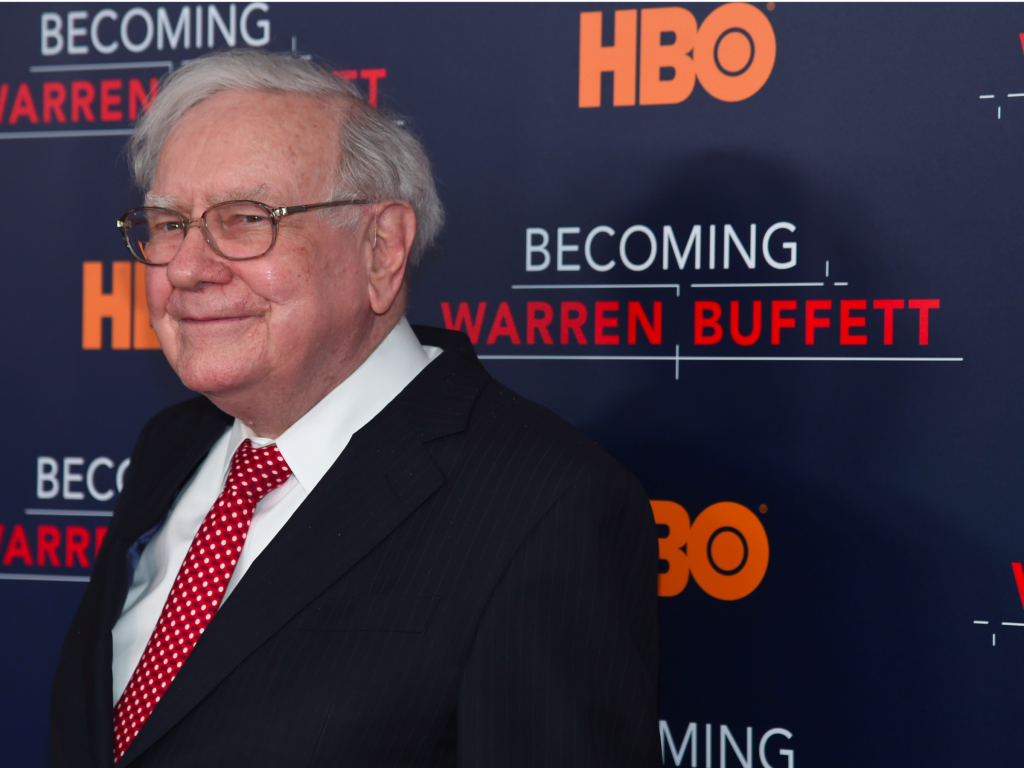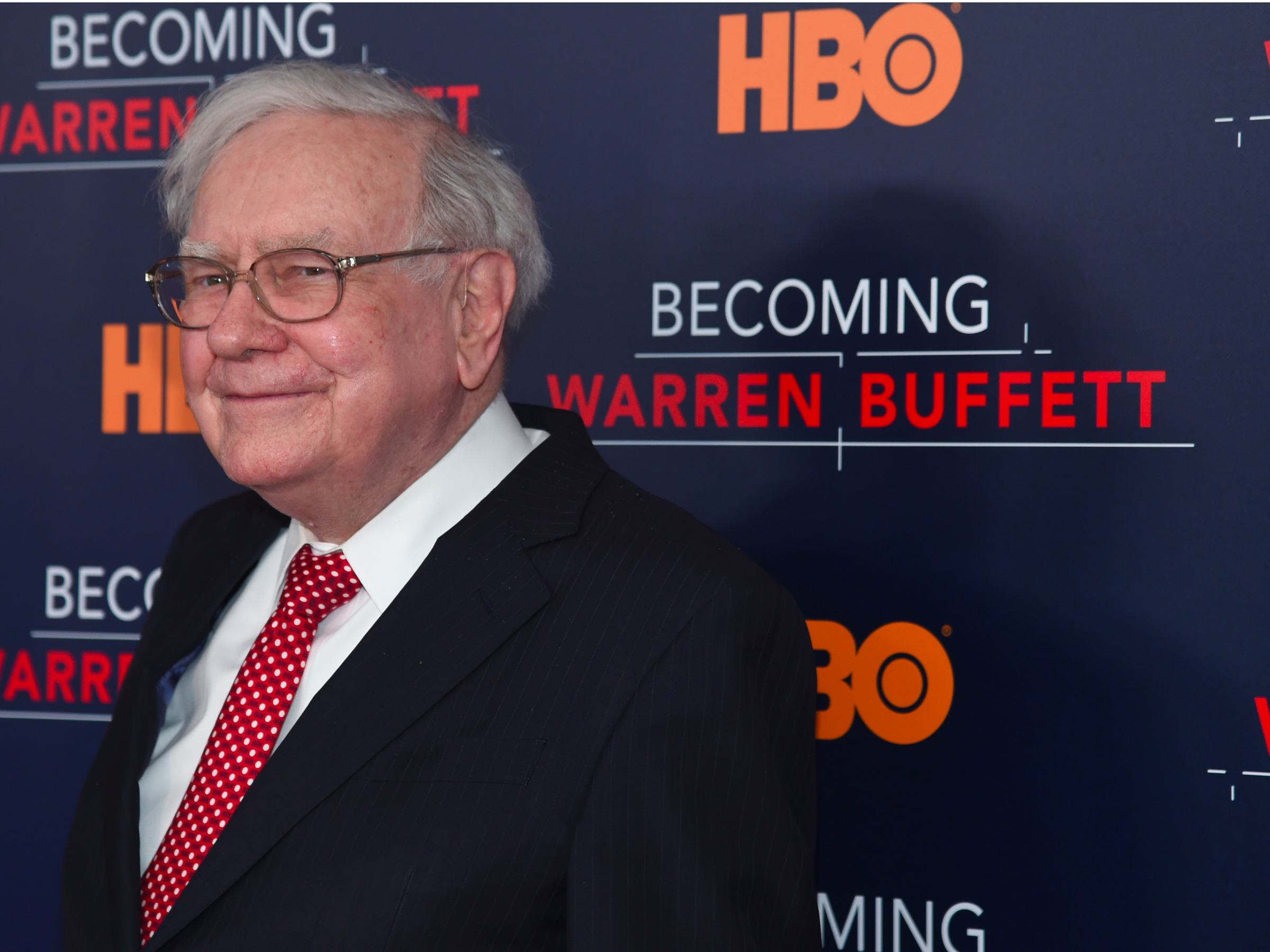The Oracle of Omaha came out with his latest annual letter just today. As always, there is a lot to be learnt, not only about investments, but about life itself. Let’s get straight into it.
I earlier described our gradual shift from a company obtaining most of its gains from investment activities to one that grows in value by owning businesses. Launching that transition, we took baby steps — making small acquisitions whose impact on Berkshire’s profits was dwarfed by our gains from marketable securities. Despite that cautious approach, I made one particularly egregious error, acquiring Dexter Shoe for $434 million in 1993. Dexter’s value promptly went to zero. The story gets worse: I used stock for the purchase, giving the sellers 25,203 shares of Berkshire that at yearend 2016 were worth more than $6 billion.
So many times, when it comes to both investing and life, while waiting for the perfect opportunity, we forget to take into account the opportunity cost that is attached to the period of waiting or doing nothing. And this is all the more true for life than investing. While in investing, the cycle of bubbles and busts will ensure that the “perfect” opportunity will ultimately come your way provided you are patient enough, life often doesn’t work that way. And unlike in investing, life doesn’t give you the option of investing in safe, low yielding assets while waiting for that fat pitch. The following quote, in my mind, is the most vivid picture of opportunity cost.
“Someone once told me the definition of Hell: The last day you have on earth, the person you became will meet the person you could have become.” — Anonymous
Every decade or so, dark clouds will fill the economic skies, and they will briefly rain gold. When downpours of that sort occur, it’s imperative that we rush outdoors carrying washtubs, not teaspoons. And that we will do.
It’s not just about the missed opportunities. Contrary to the popular perception, most of the times, we do recognize the opportunities and in fact, do take advantage of them. It’s just that, we don’t cash on them enough. We don’t go all in. I have certainly been guilty of this quite a few times. Not only in investing, but probably more so in life, especially when it comes to going all in with my time and effort. Going all in and leaving everything on the table. Not saving anything in the tank for the return journey. But then again, I won’t be too hard on myself with this one, as a lot of these realizations come only with the benefit of hindsight bias. Well, until the next opportunity comes……
Early in 2000, I atoned for that folly by buying 76% (since grown to 90%) of MidAmerican Energy, a brilliantly-managed utility business that has delivered us many large opportunities to make profitable and socially-useful investments. The MidAmerican cash purchase — I was learning — firmly launched us on our present course of (1) continuing to build our insurance operation; (2) energetically acquiring large and diversified non-insurance businesses and (3) largely making our deals from internally-generated cash. (Today, I would rather prep for a colonoscopy than issue Berkshire shares.)
It was 2000. He says he was learning. He was 70 years old then. And worth about $35 billion. And he was learning. Today, he is 86 years old. And worth about $73 billion. Enough said.
If 1,000 managers make a market prediction at the beginning of a year, it’s very likely that the calls of at least one will be correct for nine consecutive years. Of course, 1,000 monkeys would be just as likely to produce a seemingly all-wise prophet. But there would remain a difference: The lucky monkey would not find people standing in line to invest with him.
It’s math. Plain and simple. But our brain just can’t process the role of luck when it comes to success in both life, as well as, investing. Being linear thinkers, thanks to evolution, we need to assign reasons to success. Cause and Effect. And our brain just refuses to accept luck as a reason. Hence, we are always on the lookout for the cause. The reason. The recipe. Nothing wrong with it. Except that we make up these reasons or causes when we can’t find one. Then we start believing them.
Charlie and I cringe when we hear analysts talk admiringly about managements who always “make the numbers.” In truth, business is too unpredictable for the numbers always to be met. Inevitably, surprises occur. When they do, a CEO whose focus is centered on Wall Street will be tempted to make up the numbers.
When a process that is inherently unpredictable or volatile starts becoming too predictable, look out!! A simple mental model. Bernie Madoff anyone? Don’t look for stability where none can and should exist. Embrace the volatility. In fact, not only embrace it, but take advantage of it. More the volatility in an asymmetric payoff, more the chances of an above average return. It’s just that the asymmetry has to be in your favor.
“When a person with money meets a person with experience, the one with experience ends up with the money and the one with money leaves with experience.”
I know the title of the post says 5 takeaways and this one make it 6. But a little bonus never hurt anyone!


